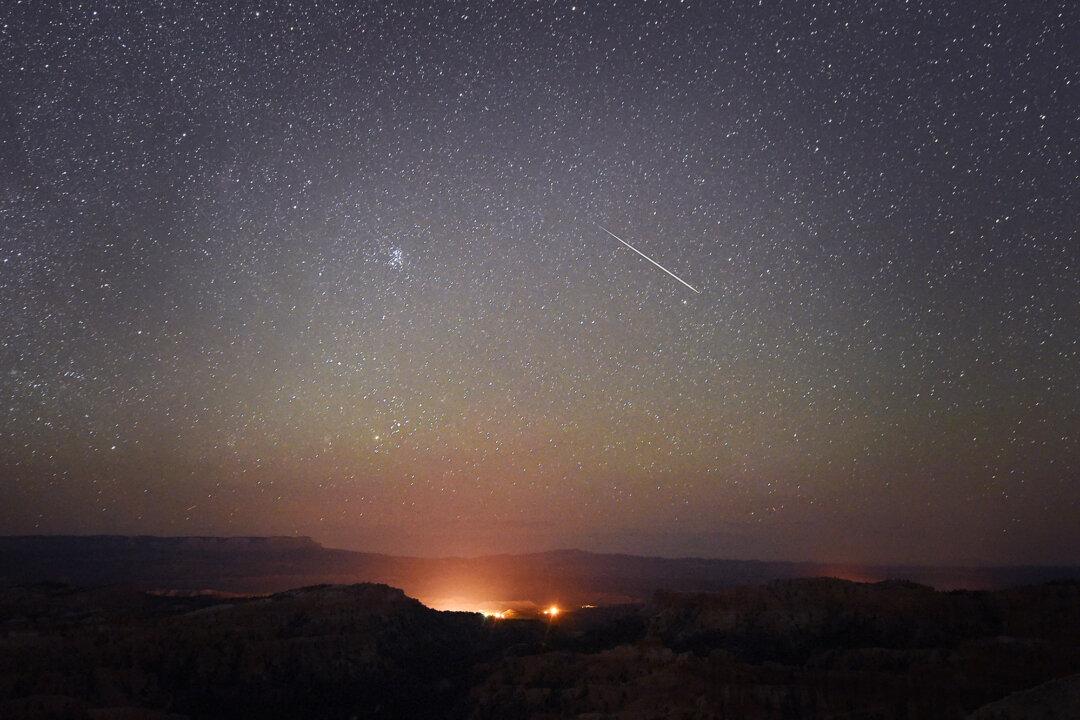The nights in July are short and pleasant and also the best time of year for meteor spotting. If that appeals to you, be joyous.
Mid-July now carries us into peak summer meteor season, ending a yearly meteor drought of over two months.

The nights in July are short and pleasant and also the best time of year for meteor spotting. If that appeals to you, be joyous.
Mid-July now carries us into peak summer meteor season, ending a yearly meteor drought of over two months.